The Nikon D3100 is a powerful piece of photographic equipment that can elevate your photography journey from ordinary to extraordinary. With its user-friendly features, exceptional image quality, and added versatility, this camera is a reliable companion for both amateur photographers and seasoned professionals. This guide will provide a step-by-step tutorial on how to best utilize its powerful functionalities to capture stunning images.
Camera Modes
The Nikon D3100 is equipped with multiple shooting modes to help you get the best photos possible. There are three main types of shooting modes on the camera: Auto, Scene, and Manual.
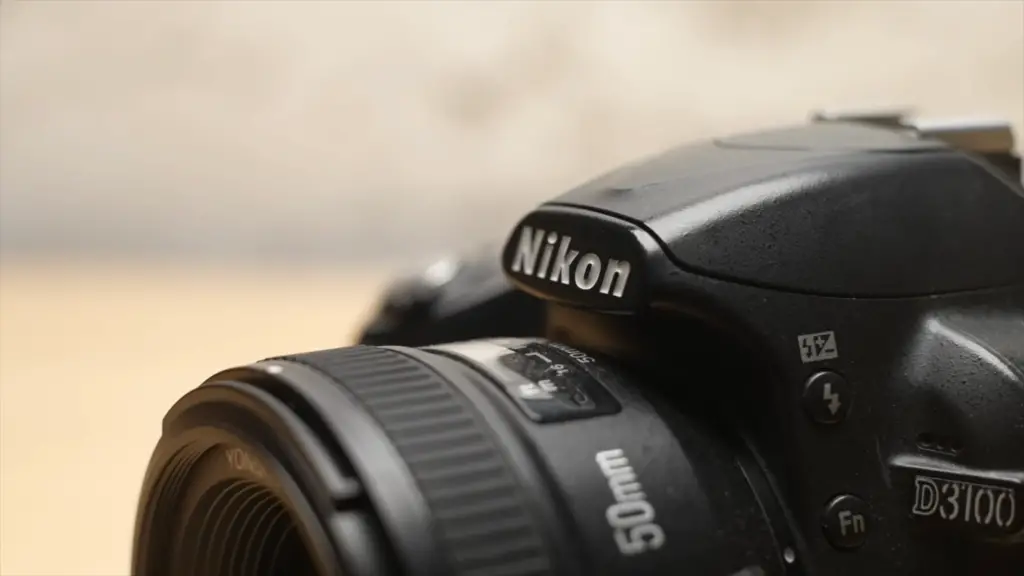
Auto Mode
This mode is designed for beginner photographers who don’t want to fiddle around too much with settings and just want to point and shoot. Auto mode will automatically set the shutter speed, aperture, ISO and white balance based on lighting conditions.
Scene Mode
This mode is perfect for photographers who want a bit more control over their photos but don’t necessarily want to delve into manual settings. Scene modes are designed to be used in particular scenarios such as sports, landscapes, close-up shots, etc. The camera will automatically adjust settings to best suit the scene you’re shooting. [1]
Manual Mode
This mode is for photographers who want complete control over their photos and are comfortable enough to adjust various settings on their own. Using manual mode, you can select your desired shutter speed, aperture, ISO, white balance, and more. It takes a bit more practice to get used to but can yield beautiful photos.
Using the Live View & LCD Display
The Nikon D3100 also features a live view mode and an LCD display which makes taking photos easier than ever. The live view is great for scenarios where you need to take pictures at odd angles, or if you want to preview how your photo will look before you even press the shutter. The LCD display allows you to easily navigate menus and adjust settings quickly and easily.
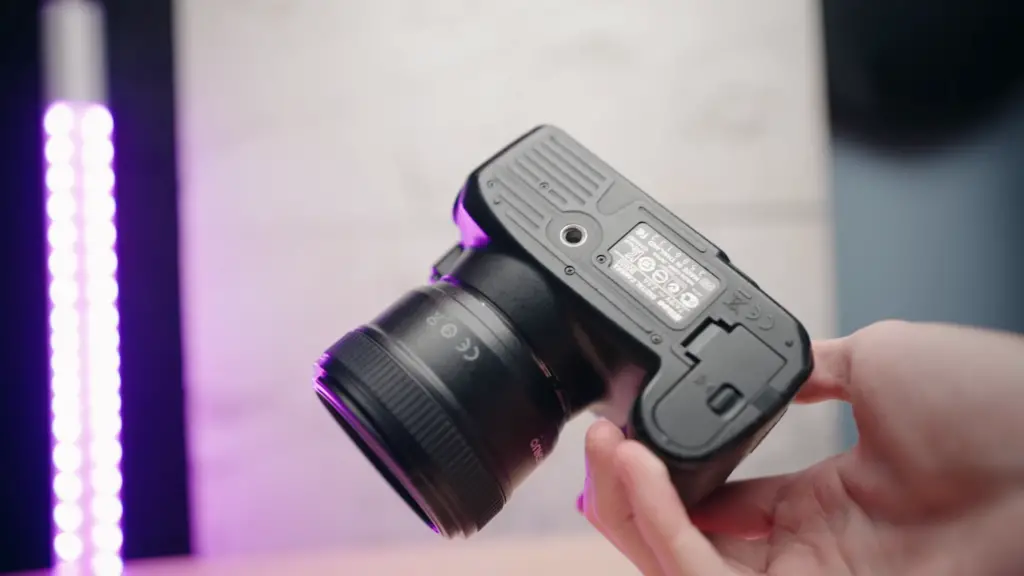
Tips & Tricks
Controls and Menus
The Nikon D3100 also has a variety of menu options and controls that you can use to further customize your photos. The menus are easy to navigate, so don’t be afraid to explore and experiment! You can easily change the focus mode, metering mode, flash settings, image size/quality, sharpness levels, and more. Take some time to familiarize yourself with all the options and find which settings work best for you.
Cleaning & Maintenance
It’s important to properly care for your Nikon D3100 in order to keep it running smoothly. After each use, make sure to wipe down the camera body and lens with a lint-free cloth to remove any dust or dirt that may have accumulated. Also, be sure to check the camera’s seals for any signs of wear and tear and ensure they are sealed properly before each use.
When you’re not using your Nikon D3100, make sure to store it in a cool, dry place away from direct sunlight and extreme temperatures. If the humidity is too high or too low, it can damage the camera. Make sure to also store your camera in an airtight container or bag to protect it from dust and moisture.
It’s also important to periodically check the battery level of your Nikon D3100 and recharge it as necessary. Never leave a depleted battery inside the camera for prolonged periods of time as this could cause permanent damage. Additionally, make sure to always keep a spare battery on hand in case of emergencies.
Lastly, it’s best practice to periodically format your memory card and back up any photos or videos you have stored on it. This will help protect your data and ensure the camera functions optimally. [3]
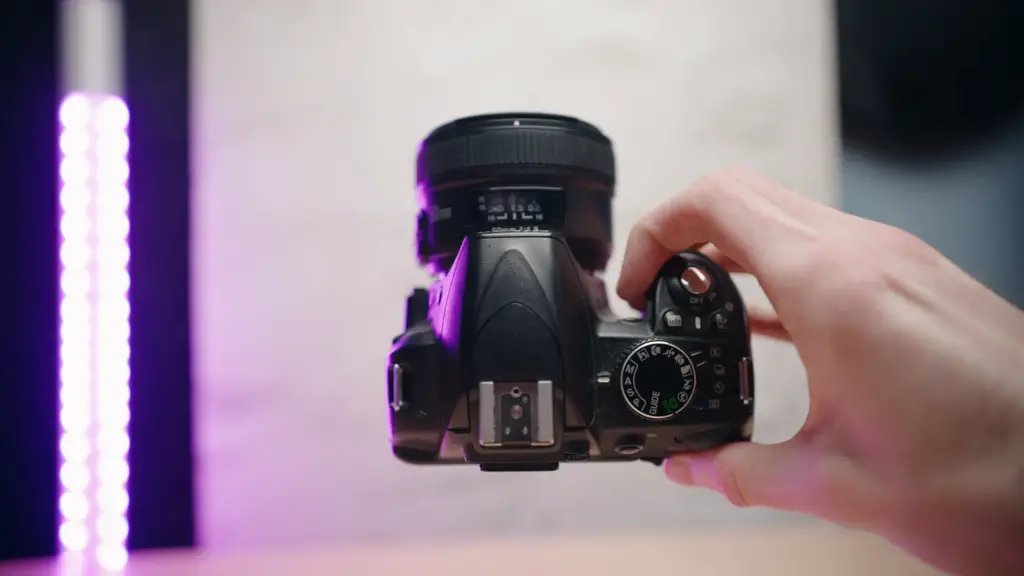
Taking Photographs with the Nikon D3100
Taking great photographs with the Nikon D3100 is simple, but you need to know a few techniques and settings to get the most out of your camera. Here are some tips for taking better photos:
- Make sure that you have the right equipment set up; this includes connecting any additional flash or lens accessories that may be needed for the shot.
- Take time to explore the different settings of your camera; experiment with shutter speed, aperture and ISO to find the best photo.
- Get creative! Try shooting from a variety of angles and perspectives to get unique shots that stand out.
- Don’t forget about lighting: natural or artificial, good lighting can make all the difference in the quality of your photos.
- Consider editing your photographs after you take them. There are plenty of photo editing programs available, such as Adobe Photoshop or Lightroom, that can help you enhance your photos and bring out their best qualities.
- Have fun! Photography is a great way to express yourself and capture special moments; don’t forget to the experience.
By following tips, you’ll be able to take great shots with your Nikon D3100 like a pro! Happy shooting!
Post Processing Your Photos
After you’ve taken all of your photos, it’s time to start post processing them. By using image editing software such as Adobe Photoshop or Lightroom, you can take your photos from average to amazing. Here’s what to do:
- Download your photos onto your computer and open them in the image editing software of your choice.
- Adjust the white balance, contrast and brightness levels until they look just right.
- Make subtle color corrections (or dramatic ones, if you prefer!) to bring out the colors in your photos.
- Crop and resize your photos to focus on the subject of the photo, or to make them fit better for online sharing.
- Sharpen images that appear blurry or lack detail by using sharpening tools such as Unsharp Mask.
- Finally, save your final product and share it with the world!
By following these steps, you can make your photos look like they were taken by a professional. Time to get creative! [4]
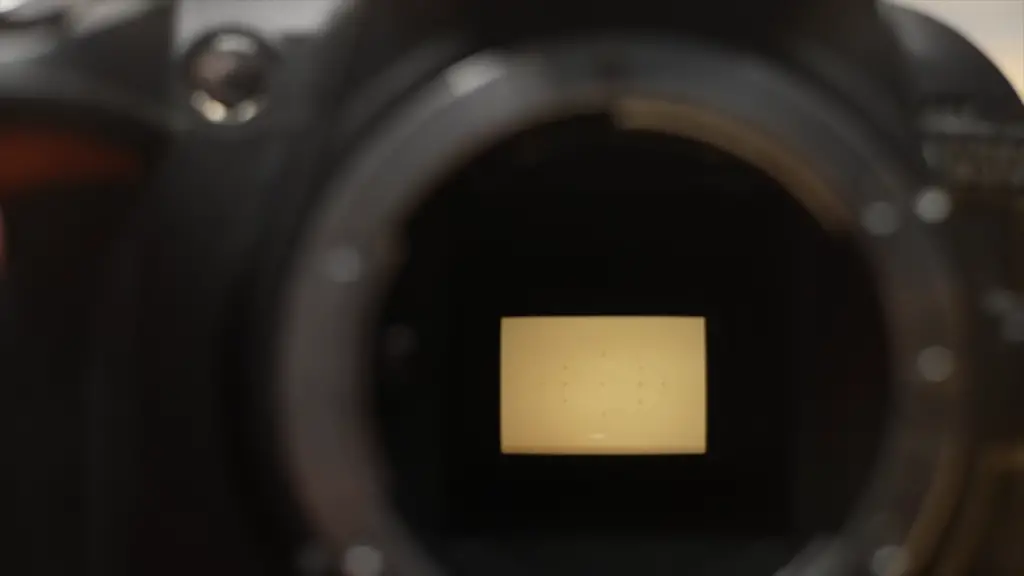
Advanced Shooting Options with the Nikon D3100
The Nikon D3100 has a number of advanced features that make it perfect for more experienced photographers. Here are some tips to help you take your photography to the next level:
- Take advantage of manual mode; by manually setting shutter speed, aperture and ISO, you can get creative and experiment with different settings for unique shots.
- Use your camera’s various flash settings; you can choose from automatic, slow sync, rear curtain and more to create great lighting effects for any situation.
- If you want to take pictures in low light without using a flash, use a tripod or set the ISO higher than usual; this will help reduce blurriness and improve image quality.
- Use the exposure meter feature to find out exactly how much light is being captured by your camera; this will help you adjust your settings accordingly for great shots.
- Enable bracketing mode to take multiple exposures of the same scene; this can be useful if you want to merge different exposures together for a unique shot.
By taking advantage of the Nikon D3100’s advanced features, you can take your photography to a whole new level!
Installing the Batteries
Installing the batteries in a Nikon D3100 is easy. You’ll need to remove the battery cover on the bottom of the camera, then insert two AA batteries into the compartment. Make sure that you match up the positive (+) and negative (-) ends correctly before closing up your battery cover.
Charging The Battery
If you’re using an EN-EL14 Lithium-Ion battery, you’ll need to charge it before use. To do so, plug your charger into a wall socket and then connect the camera charger’s cable. Connect the other end of the cable to your Nikon D3100. Make sure that the red LED light on the charger is illuminated before leaving it plugged in for several hours. [5]
Mounting the Lens
Mounting the lens on your Nikon D3100 is easy with a few simple steps. First, make sure that the camera is off. Then take the lens and align it with the mount on the camera body. Turn the lens clockwise until it clicks into place and you are ready to start shooting!
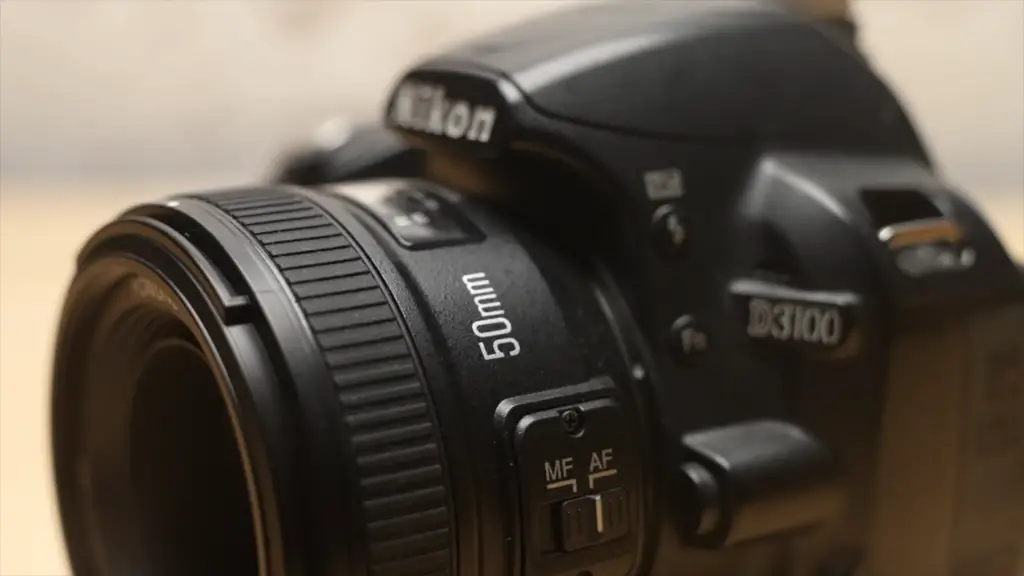
Cleaning the Camera Lens
Cleaning your camera lens is a necessary step to ensure that you are getting the best quality photos. Start by turning off the camera and removing the lens from the mount. Use a soft, microfiber cloth to gently wipe away any dust or fingerprints on the lens surface. If there are stubborn spots that won’t come off with wiping, use a small amount of lens cleaning solution on the cloth. Make sure to use gentle motions while wiping and be careful not to scratch the lens!
Protecting Your Gear from Dust and Moisture
When using your Nikon D3100, you want to make sure that you protect it from dust and moisture. Dust can get into the camera body or lens and cause damage. Moisture can also corrode the components of the camera, resulting in irreparable damage.
To protect your gear from dust and moisture:
- If you’re shooting outdoors, use a rain cover for your camera. This will protect it from both dust and moisture.
- Make sure you keep the camera lens clean. Wipe off any dirt or grime that builds up on the lens with a soft cloth. You can also purchase lens cleaning supplies to help keep your lens clean and clear of dust and debris.
- Store your camera in a weatherproof case when not in use. This will ensure that it is kept safe from both dust and moisture.
- If you are using the Nikon D3100 underwater, make sure you buy a waterproof housing for the camera to protect it from water damage.
- When transporting your gear, make sure to keep it in a padded, waterproof bag. This will help to protect the camera from shocks and bumps as well as from dust and moisture.
- If you’re shooting in cold weather, make sure that the camera is kept warm and dry. Cold temperatures can cause condensation to form on the inside of the camera body or lens. This can lead to electrical damage or other problems.
By following these tips, you can protect your Nikon D3100 from dust and moisture and ensure that it lasts for years to come. [6]
Capturing Action Shots Using Continuous Mode
If you want to capture the movement of a subject in an image, you can use Nikon D3100’s Continuous Mode. This is also known as Continuous Shooting or Burst Mode. In this mode, your camera will take several shots at once so that you can have a sequence of images that show the action unfolding.
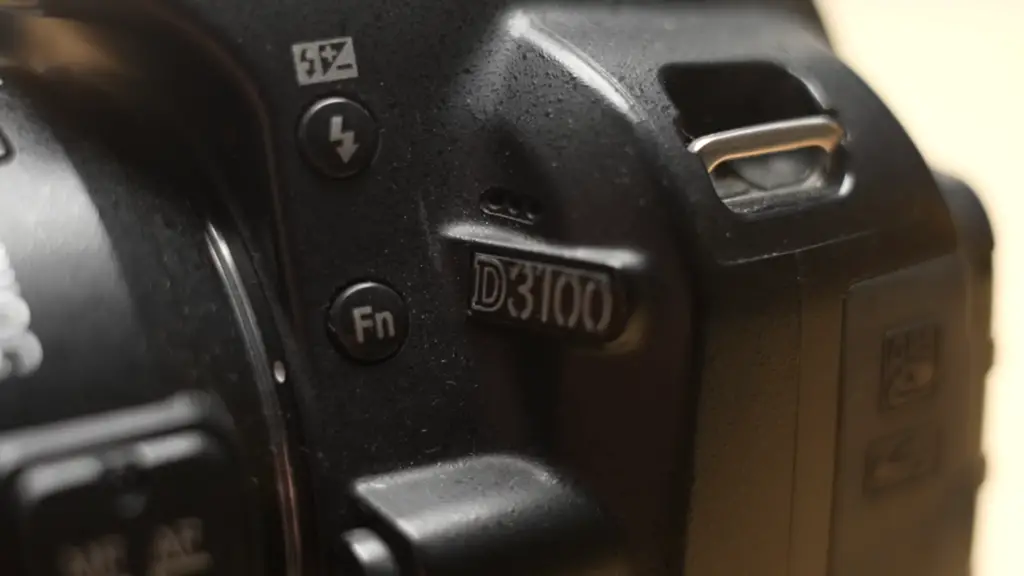
To use this mode, first select the Continuous Mode on the Nikon D3100’s Drive Dial. You can also find this mode in the Shooting Menu (SHOOTING MENU > Drive Mode). Then, look through your viewfinder and press and hold down the shutter button to take multiple shots in rapid succession.
You can adjust how many photos are taken by selecting either “High or “Low” on the Continuous Mode. With High, your camera will take up to 5 frames per second (fps) and with Low, it will take up to 3 fps. Depending on what you’re shooting, you can select the appropriate mode for best results.
It’s important to remember that when taking multiple shots in succession, your camera will consume more battery power than usual. So be sure to keep extra batteries handy whenever you plan on using Continuous Mode.
Using Nikon D3100’s Continuous Mode is a great way to capture action shots and produce dynamic images. With a little practice, you’ll be able to capture beautiful moments in time that might have otherwise been missed!
Connect to Your Computer or TV
The Nikon D3100 can be connected to your computer or television so that you can share photos and videos with friends and family. To connect the camera to a computer, use the provided USB cable. For connecting it to a TV, use an HDMI cable (not included).
Once connected, you’ll be able to access the camera’s memory card and view photos directly on the computer or TV. You’ll also be able to transfer photos and videos from your camera to your computer or TV for storage or sharing.
Connecting the Nikon D3100 to a computer or TV is an easy way to share your memories with others, preserve them for the future, and get creative with how you show off your photos and videos!
FAQ
How do I adjust the focus on my Nikon D3100?
The Nikon D3100 has an autofocus feature, which allows the camera to automatically adjust the focus and exposure. To activate this feature, first press the AF/AE-L button on the top of your camera. Then turn the dial on the back of your camera until you see AF in either red or green letters. After that, you’ll need to press the shutter button halfway to activate autofocus.
How do I change the ISO on my Nikon D3100?
Changing the ISO (film speed) on your Nikon D3100 is easy. First, you’ll need to press and hold down the Exposure Compensation and Metering Mode buttons simultaneously until the ISO setting appears in either red or green on the top LCD. You can then rotate the dial to choose your desired ISO setting. Once you make your choice, press the shutter button halfway to apply the changes.
What is Active D-Lighting and how do I activate it?
Active D-Lighting is a feature on Nikon cameras that helps improve contrast and highlight/shadow detail in high-contrast scenes. To activate this feature on the D3100, press the Menu button and navigate to the Shooting menu. From there, select Active D-Lighting and choose either Auto or On. This will turn on Active D-Lighting for all of your shots going forward until you turn it off again.
How do I adjust the white balance on my Nikon D3100?
Adjusting the white balance on your Nikon D3100 is simple. First, press and hold down the Exposure Compensation and Metering Mode buttons simultaneously until WB appears in either red or green on the top LCD. You can then rotate the dial to choose your desired WB setting. Once you make your choice, press the shutter button halfway to apply the changes.
How do I shoot in RAW on my Nikon D3100?
To shoot in RAW on your Nikon D3100, you’ll first need to press and hold down the Exposure Compensation and Metering Mode buttons simultaneously until the Image Quality setting appears in either red or green on the top LCD. You can then rotate the dial to choose your desired image quality setting. The RAW option will be represented by an R in a circle. Once you make your choice, press the shutter button halfway to apply the changes.
How do I change focus points on my Nikon D3100?
You can easily adjust focus points on your Nikon D3100 using the Multi Selector. First, press and hold down the AF/AE-L button on the top of your camera. Then press the Multi Selector in any direction to move between focus points. You can also press up or down to cycle through different focus modes such as Single Point, Dynamic Area, Closest Subject, and Auto Area. Once you make your choice, press the shutter button halfway to apply the changes.
What is exposure compensation and how do I use it?
Exposure compensation is a feature on most cameras that allows you to manually adjust the exposure of your photos. On the Nikon D3100, you can access this feature by pressing and holding down the Exposure Compensation and Metering Mode buttons simultaneously until the Exposure Compensation setting appears in either red or green on the top LCD. You can then rotate the dial to choose your desired exposure compensation value. Once you make your choice, press the shutter button halfway to apply the changes.
How do I set my Nikon D3100 to shoot in manual mode?
To shoot in manual mode on your Nikon D3100, first press the Mode button and select the M option. This will put your camera in manual mode, allowing you to manually adjust the shutter speed, aperture, and ISO as desired. You can also use the Multi Selector to switch between focus points if needed. Once you make your choices, press the shutter button halfway to apply them.
How can I connect my Nikon D3100 to my computer?
Connecting your Nikon D3100 to your computer is easy. First, you’ll need a USB cable that is compatible with both your camera and computer. Once you have the cable, you can plug one end into your camera’s USB port and the other end into an available USB port on your computer. You should then be able to download photos from your camera to your computer. Alternatively, you can use an SD card reader to transfer photos from your camera’s memory card to your computer.
What are the best lenses for my Nikon D3100?
When choosing a lens for your Nikon D3100, it’s important to consider what type of photography you will be doing. For instance, if you’re primarily shooting portraits, then a 50mm lens is a great option. If you’re more into landscape or nature photography, then an 18-55mm zoom lens may be the better choice. Other popular lenses for the D3100 include an 85mm prime lens and a 10-24mm wide angle zoom. Ultimately, the best lens for your camera will depend on what type of photography you plan to do.
Useful Video: Nikon D3100: WATCH BEFORE YOU BUY!
Conclusion
Using a Nikon D3100 can be a great way to capture beautiful photos and videos. With the various features available on this camera, such as autofocus, white balance adjustment, RAW shooting, and manual mode, it’s easy to get creative with your photography. With the right lenses and some practice, you should be able to take stunning images with your Nikon D3100.
References
- https://www.dummies.com/article/home-auto-hobbies/photography/cameras/nikon/nikon-d3100-for-dummies-cheat-sheet-208803/
- https://cdn-10.nikon-cdn.com/pdf/manuals/kie88335f7869dfuejdl=-cww2/D3100_EN.pdf
- https://www.cameratips.com/d3100/how-tos-tricks
- https://www.kenrockwell.com/nikon/d3100/users-guide/index.htm
- https://www.manua.ls/nikon/d3100/manual
- https://mecam.me/how-to-enter-guide-mode-on-nikon-d3100/






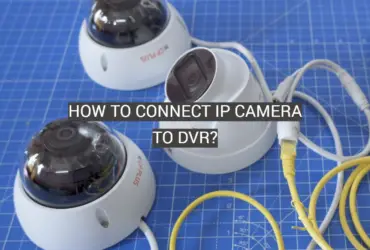





Leave a Reply